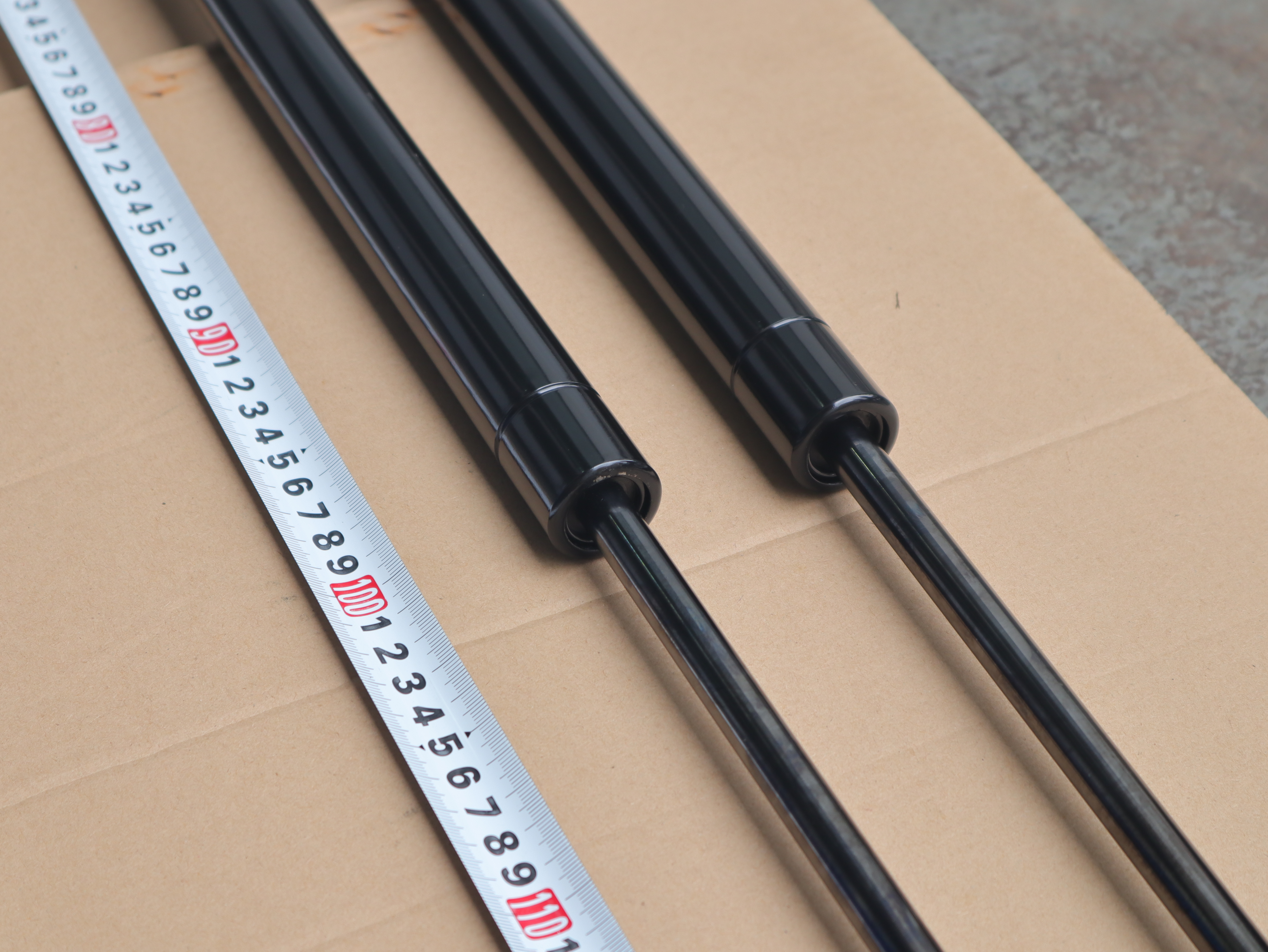Gas springs are versatile and efficient tools used in a wide range of applications, from automobiles to furniture to industrial machinery. These devices use compressed gas to provide controlled and smooth movement, making them ideal for tasks such as lifting, lowering and balancing. However, to ensure safe and effective use, it is important to understand how to use gas springs correctly. In this article, we will explore some key guidelines for using gas springs in a variety of applications.

1. Correct installation
The first step in using a gas spring correctly is to ensure proper installation. This includes selecting the correct size and type of gas spring for a specific application, as well as mounting it securely to the intended surface. It is important to follow the manufacturer's installation guidelines, including recommended installation directions and any specific mounting hardware required.
2. Understand load and force requirements
Gas springs are available in a variety of force ratings, and it is critical to select the appropriate force for the intended application. Consider the weight of the object being lifted or lowered, as well as any additional forces acting on the gas spring, such as friction or wind resistance. Using a gas spring with the correct force rating will ensure smooth and controlled movement without overloading the equipment.
3. Operating temperature and environment
Gas springs are designed to operate within a specific temperature range, so it is important to consider the environmental conditions in which they are used. Extreme temperatures, exposure to corrosive substances or prolonged exposure to UV radiation can affect the performance and service life of gas springs. Be sure to select a gas spring suitable for the intended operating environment.
4. Maintenance and inspection
Regular maintenance and inspection are crucial to ensure the safe and reliable operation of gas springs. Check for signs of wear, corrosion, or leaks, and replace any damaged or worn parts as necessary. Lubricate moving parts according to manufacturer's recommendations to ensure smooth and consistent performance.
5. Safety Precautions
When using gas springs, always follow proper safety precautions to prevent accidents or injuries. This includes avoiding overloading the gas spring, ensuring it is securely mounted and free of obstructions, and following any specific safety guidelines provided by the manufacturer.
6. Consider scrapping
Gas springs have a limited service life and it is important to consider scrapping when using them in an application. Make plans for eventually replacing your gas springs and consider the environmental impact of their proper disposal.
In conclusion, gas springs are a valuable tool with a wide range of applications, but it is also important to use them correctly to ensure safe and effective operation. By following the guidelines outlined in this article, users can maximize the performance and service life of their gas springs while minimizing the risk of accidents or premature failure. When using gas springs in a specific application, always consult the manufacturer's guidelines and recommendations and prioritize safety and proper maintenance for best results.
Post time: Sep-11-2024
